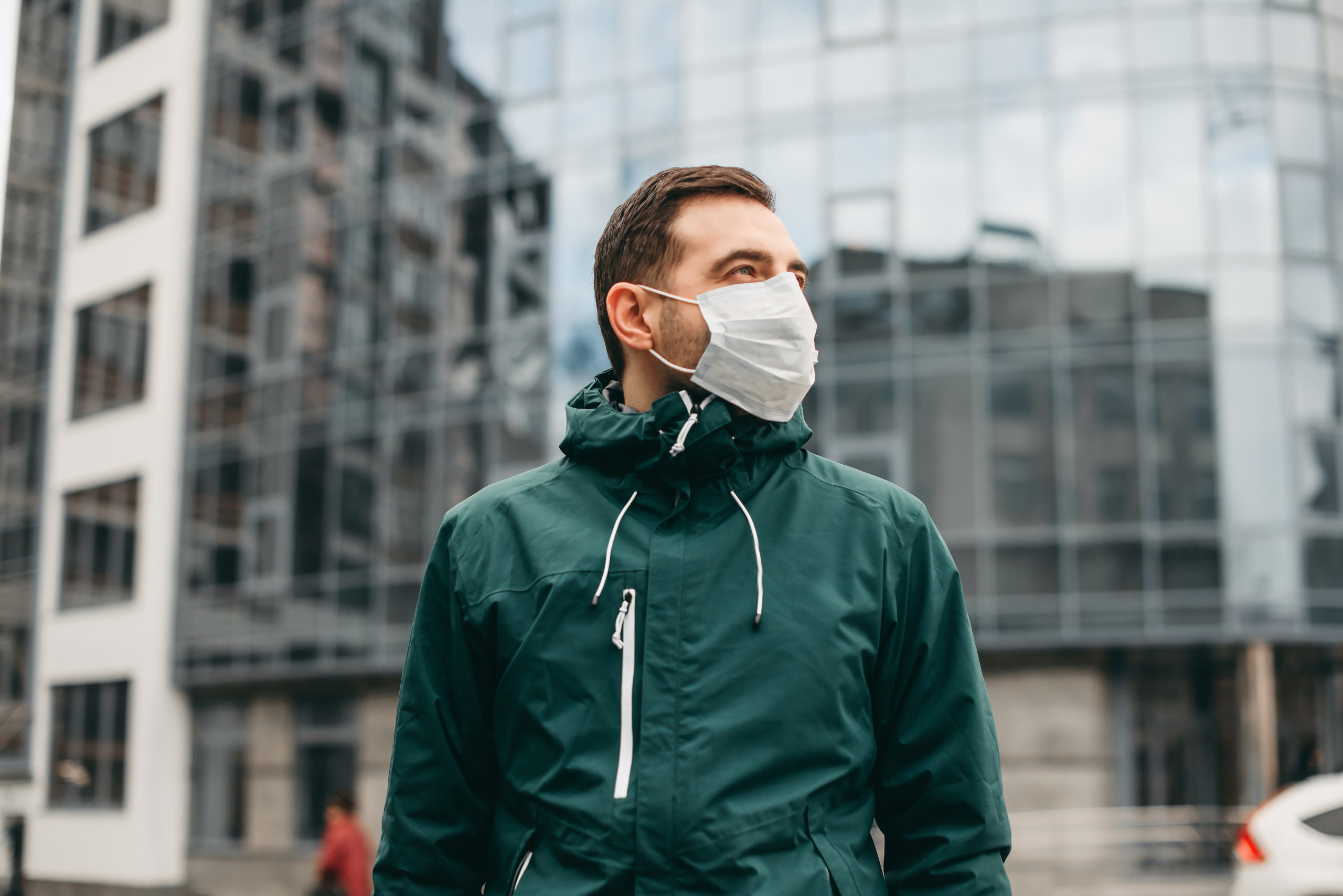Connect with us
Published
2 years agoon

A study published by the Journal of Cannabis Research compared hospital stays for COVID patients and found that regular cannabis users usually had shorter stays and less ICU admission.
The preliminary study looked at hospitals in the Los Angeles area and determined that cannabis users had better outcomes when they did have to go to the hospital for COVID, including decreased need to be on a ventilator. In total, 69 patients reported active cannabis use, 4% of the total patients studied. While differences in overall survival were not statistically significant, there was a marked difference in hospitalization data.
“The link between cannabis usage and better COVID outcomes is sensible,” the study’s authors say. To carry out the study, the authors used a retrospective analysis of patient data, including looking at NIH COVID Severity Scores, the need for oxygen and respirators, ICU admission rates, length of hospitalization, and even in-hospital death.
“Cannabis users had significantly better outcomes compared to non-users as reflected in lower NIH scores (5.1 vs 6.0), shorter hospitalization (4 days vs 6 days), lower ICU admission rates (12% vs 31%), and less need for mechanical ventilation (6% vs 17%). ICU admission was 12 percentage points lower and intubation rates were 6 percentage points lower in cannabis users,” the study explains.
Based on this, the study suggests that those who consistently use cannabis might be at a slight advantage when it comes to COVID. The authors of the study have some opinions on why this might be, and what caused the hospitalization rates to differ. Some of these include the medicinal properties of cannabis, including its anti-inflammatory effects. Some cannabinoids can actually provide medicinal benefits in this area.
“Cannabis users were more likely to have lower inflammatory markers levels on admission compared to non-users. This effect was sustained during their hospital course, with cannabis users continuing to have lower inflammatory markers compared to non-users,” the study says.
When looking at the data, the study leaders also noticed that the cannabis users polled tended to be younger, and reported in at 62% male, 38% female, 48% white, 15% Black, 4% asian, and 28% Latinx. Additionally, 20% of those polled who said they were cannabis users related that they were also tobacco smokers, compared to just 4% of the overall population polled.
“Consistent with known trends, active cannabis users were overall younger than non-users,” the study says. “However, when adjusting for age, these outcomes remained consistent.”
Additionally, the study did not make distinctions between methods of consumption for cannabis users.
“Given the diverse ways in which cannabis can be introduced into the body, our grouping of inhaled and ingested cannabis should introduce little variability to an already highly variable cohort of cannabis users,” the study adds. “Pooling all cannabis users, regardless of administration method, gives our study more power in analysis while minimizing the risk of overfitted data.”
However, while this is all exciting information, it is important to note that even those who carried out the study admit that this is a very limited sampling and also very preliminary work. While it does speak to the powers of healing that cannabis can have, it is also a broad look, and in no way suggests that folks should start using cannabis to become COVID-resistent. It is also important to note that, since methods of consumption were not looked at, smoking still likely has a negative impact on lung health, and alternatives like edibles and tablets are good for periods where respiratory health is a major concern.
The authors of this study include Dr. Carolyn M. Shover, Emergency Medicine Specialist in Downey, California; from the David Geffen School of Medicine at the University of California, Los Angeles, Peter Yan; Nicholas J. Jackson, Department of Medicine Statistics Core; Jennifer A. Fulcher of the Division of Infectious Diseases; Donald P. Tashkin, Division of Pulmonary & Critical Care Medicine; Igor Barjaktarevic, Division of Pulmonary & Critical Care Medicine; and Russell G. Buhr, Division of Pulmonary & Critical Care Medicine, who also works for the Center for the Study of Healthcare Innovation, Implementation, and Policy, Health Services Research & Development, and the Veterans Affairs Healthcare System.


Is Your Tesla Self-Driving Car Narcing You Out?


Psychedelics Offer Long-Term Improvement in Sexual Functioning, Enjoyment


March Marks New High for Cannabis Sales in Michigan


Illinois Lawmakers Seek Ban on Intoxicating Hemp Products


Majority of Florida Voters Support Cannabis Legalization, Not Enough To Pass Measure


VP Kamala Harris’ Stepdaughter Debuts Textile Exhibition at NYC Cannabis Store
